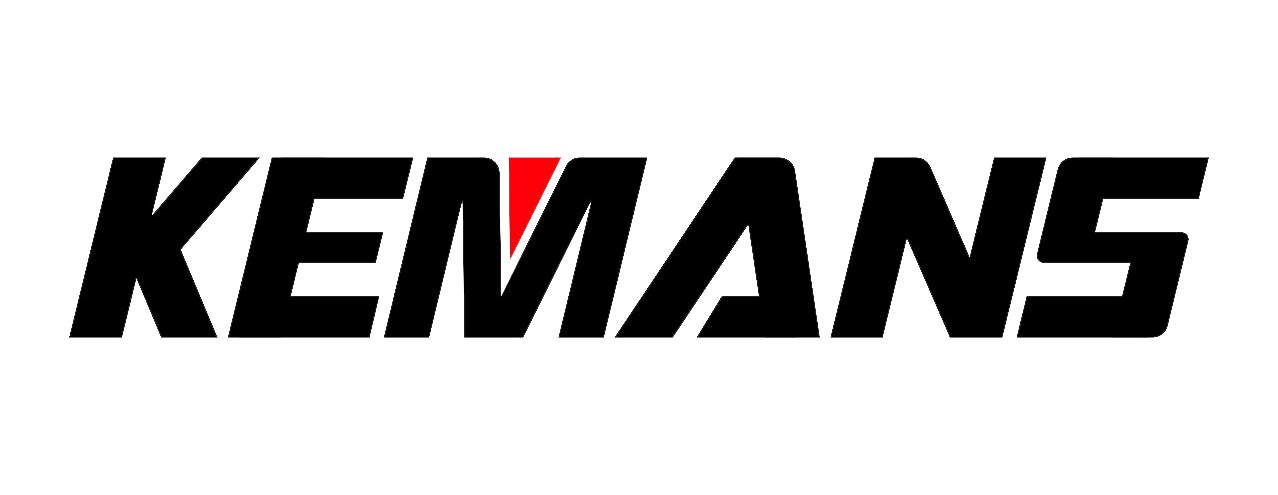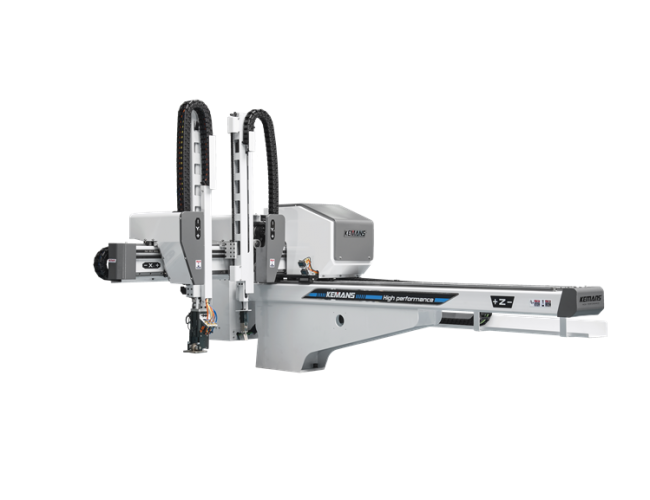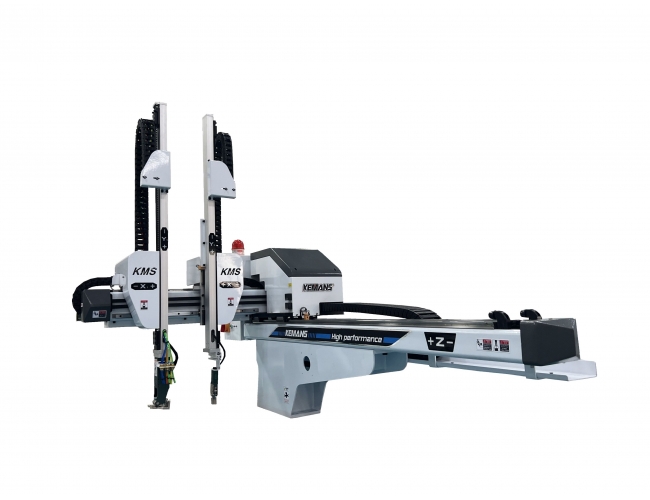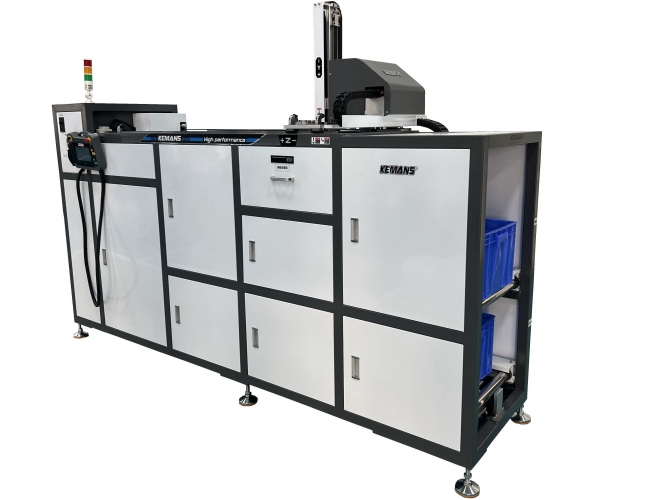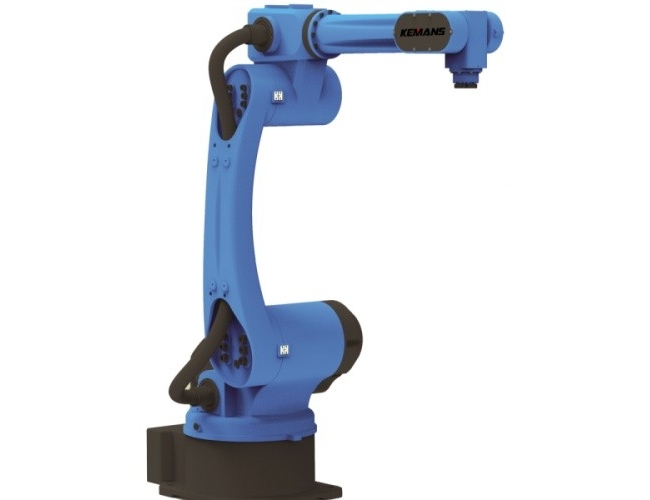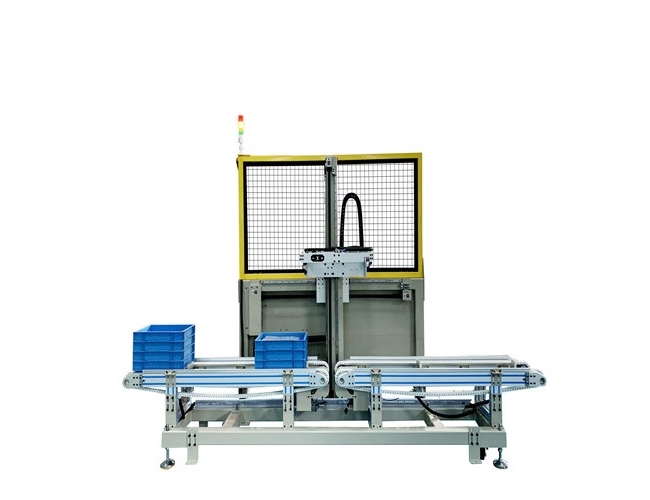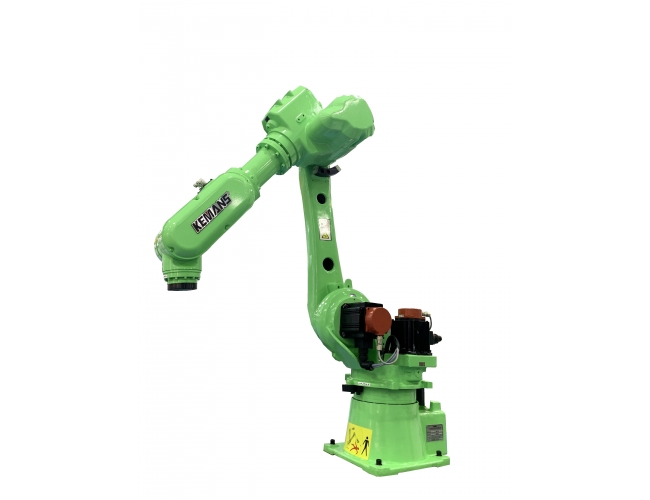-
首页 > News > Industry news >
single axis ac servo driven robots
single axis ac servo driven robots
Motor drives can be broadly classified by two characteristics: the power it supplies to the motor (either ac or dc) and the control methodology employed (either closed-loop or open-loop control). Ac drives are preferred in industrial settings due to their robust and reliable operation. However, they have historically been unable to match the performance of dc drives across the full speed range (full torque at low or zero speed for instance).
The advent of closed-loop vector control, such as Field Oriented Control (FOC), allows AC drives to match the performance of DC drives across the full speed range while still retaining their long life and reliability aspects. This closed loop control requires more processing power in the controller, as well as additional hardware in the form of encoders or resolvers, but is by and large the de facto standard in industrial settings where precise control and reliability are key. Wea??ll focus on AC drives under closed-loop control here, commonly known as ac servo drives. Figure 1 shows an example of multiple AC drives in a cabinet.
Ac inverters typically use a one-directional, open-loop system to control a motora??s speed and torque by varying the ac frequency and amplitude applied to the motor. Servo drives add an extra element of control by using position feedback from an encoder or resolver to create a closed-loop system to read and control the exact position of a motora??s rotor shaft. The feedback signals can come in the form of phase current and voltage signals, or a digital position encoder such as Hiperface (digital servo link) DSL or EnDat 2.2. Servos used in harsh environments typically rely on analog feedback elements like resolvers, but digital encoders are becoming more popular in mid- to high-end servos because of their higher precision. This high precision is needed in the growing robotics and automated machinery market where servo drives are widely used.
The rapid growth and evolution of the automation industry is the main driving force behind smarter servos. Where a motor drive in the past was 80% drive and 20% services, the drive of tomorrow is 20% drive and 80% services. This isna??t to say that the importance of the actual drive functionality has diminished, but the services portion has grown significantly in the past couple of decades and continues to grow as industrial automation enters yet another revolution. Industrial communication is probably the most necessary Industry 4.0 service.
Servo drives must be able to connect to the factorya??s Ethernet backbone through a communication protocol like EtherCAT, Ethernet/IP, or PROFINET in order to operate in sync with the rest of the Industrial Internet of Things. The motor drive can send and receive information regarding speed and position through drive profiles provided by standards in each of the industrial Ethernet protocols, like CiA 402 for EtherCAT, but it can also relay information back to the network about the health of the actuator and send alerts when maintenance is necessary through predictive maintenance. Predictive maintenance uses two-dimensional deep learning algorithms to acknowledge deviations in the motora??s operation and is yet another service gaining traction in Industry 4.0 servos.
Functional safety is another growing requirement in smart factories to protect equipment and personnel. Traditionally, functional safety levels to IEC 61508 safety integrity level 3 were enough. But tomorrowa??s drives have to push even further, with safety features such as a hard fault tolerance of 1 to achieve International Organization for Standardization 13849-1 category 4 performance level E.
All of these features and services in the drive mean that its brain must be able to handle the processing required. In the past, microcontrollers were perfect for a drive, since they excel at control functions. But microcontrollers quickly run out of horsepower when asked to perform a more high-level task such as integrated motion control or communications.
